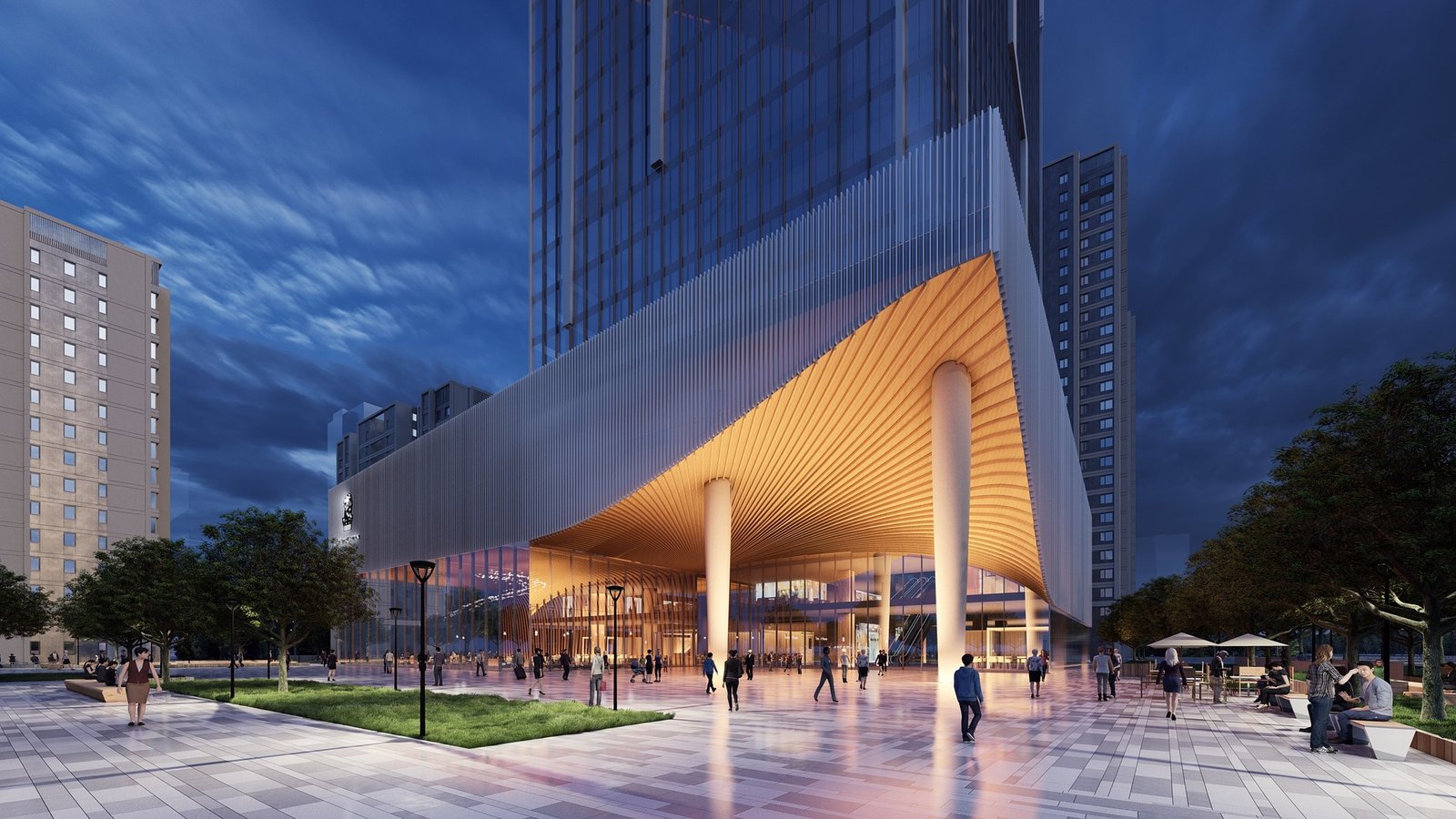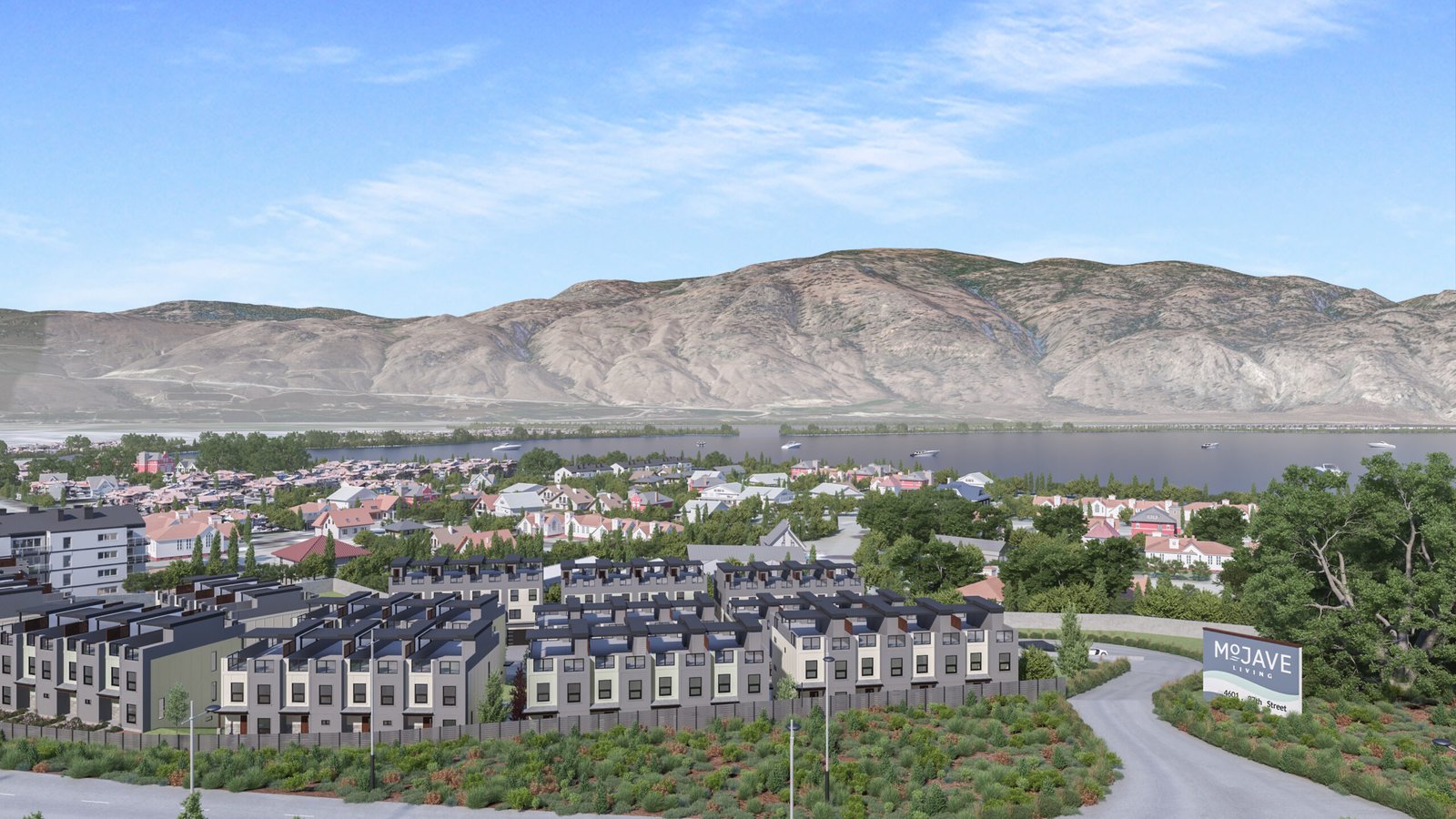In today’s dynamic design and construction landscape, delivering a compelling project presentation is not just an option—it’s a necessity. 3D Architectural Rendering has transformed the way we visualize, communicate, and market building projects.
By converting flat blueprints into immersive, photorealistic visuals, this technology bridges the gap between concept and reality, giving every stakeholder a clear picture of the project’s potential.
At Build3dRender, our expertise in 3D Architectural Rendering enables architects, developers, and real estate professionals to achieve remarkable results.
In this comprehensive guide, we explore the myriad benefits of incorporating 3D Architectural Rendering into your project, along with practical insights and real-world success stories.
Introduction: A New Era in Project Visualization
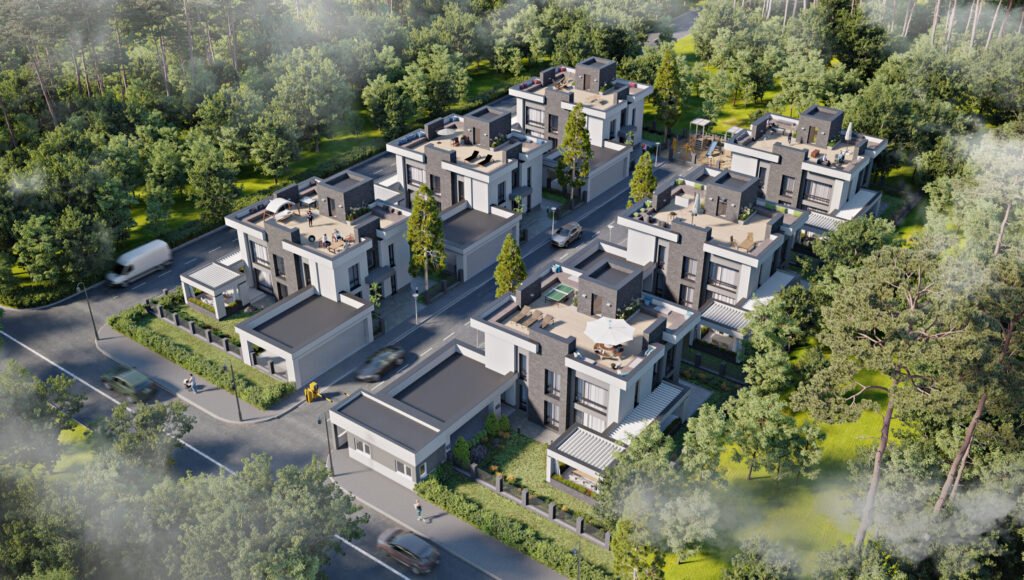
Gone are the days when traditional 2D plans and static images conveyed a design’s full story. With 3D Architectural Rendering, a project’s intricacies unfold in lifelike detail.
Whether it’s conveying the interplay of light and shadow in an interior space or capturing the elegance of a modern façade, 3D renderings create an immersive experience that draws clients in and builds investor confidence.
By offering a realistic preview of the final product, 3D Architectural Rendering empowers every stakeholder—be it an architect, contractor, or real estate agent—to make well-informed decisions early in the design process.
Not only does this lead to faster approvals and reduced revisions, but it also elevates your marketing materials, giving your project a competitive edge.
Let’s delve into the powerful benefits of 3D Architectural Rendering and discover how it can transform your project.
What is 3D Architectural Rendering?
3D architectural rendering is the process of converting 2D drawings and digital models into detailed, photorealistic images or animations. This technology simulates lighting, textures, and realistic environments so that every surface—be it glass, concrete, or wood—appears true to life.
The process involves several key stages:
- 3D Modeling: Every architectural element is digitally constructed with precision, ensuring accurate dimensions and proportions.
- Texturing and Material Simulation: High-resolution textures and material properties are applied to create a vivid and tactile appearance.
- Lighting Simulation: Advanced lighting techniques, such as global illumination and HDRI, simulate natural and artificial lighting to reflect how a space truly appears.
- Rendering and Post-Production: State-of-the-art rendering engines generate the final images, while post-production processes refine the visuals to perfection.
By combining art with technology, 3D architectural rendering allows stakeholders to immerse themselves in a space as if it were already built, providing both clarity and excitement about the project’s future.
Enhanced Communication and Collaboration
Clear and Concise Visual Communication
One of the most significant benefits of 3D Architectural Rendering is its ability to bridge the communication gap between creative ideas and practical implementation.
Detailed, photorealistic visuals empower stakeholders to grasp the design intent quickly, turning abstract concepts into tangible imagery.
- Unified Vision: Photorealistic images allow architects, designers, and investors to see the project uniformly, fostering better collaboration. This unified understanding reduces potential misunderstandings that arise from simplified 2D drawings.
- Intuitive Detailing: Every element—from minute surface textures to the interplay of natural and artificial lighting—is represented vividly. Clients gain an immediate understanding of the proposed design and can visualize how the project will integrate into its surroundings.
Facilitating Productive Discussions
When complex projects are translated into clear, realistic renderings, discussions become more focused and productive. Stakeholders can:
- Annotate directly on images to highlight specific design features.
- Identify changeable elements quickly, resulting in streamlined decision-making.
- Align their interpretations of the project, ensuring that every team member is on the same page.
This enhanced collaborative process translates to faster project approvals and smoother execution.
Accelerated Decision-Making
Quick Approvals Through Realistic Previews
The decision-making process in architecture often moves slowly due to the ambiguity of initial sketches and plans. With 3D Architectural Rendering, every detail is laid bare:
- Lifelike Experience: Investors, clients, and regulatory bodies can see an almost tangible representation of the final product. This reduces the back-and-forth often associated with 2D plans.
- Early Problem Identification: Detailed visuals allow for early detection of design or spatial issues. By addressing these aspects before construction begins, you minimize costly mid-project modifications.
Reducing Revisions and Delays
Clear, accurate renderings enable all parties to identify potential issues at the conceptual stage rather than during construction:
- Streamlined Iterations: Because problems are revealed early, you can refine the design iteratively without major setbacks.
- Faster Decision Cycles: A vivid preview of the final design convinces stakeholders quickly, speeding up the entire project timeline.
- Investor Confidence: When investors see a well-defined vision, they’re more likely to commit, resulting in faster funding and smoother project execution.
In today’s fast-paced market, the ability to accelerate decisions from blueprint to build is invaluable.
Significant Cost and Time Savings
Reducing On-Site Errors and Rework
One of the primary practical advantages of 3D Architectural Rendering is its role in minimizing errors during construction:
- Accurate Visual Checks: Detailed renderings help identify design flaws, ensuring that potential issues are resolved before they become costly mistakes.
- Error Prevention: Catching problems early means that fewer mistakes translate into fewer budget overruns and reworks.
- Efficient Resource Management: With design issues sorted out before the build phase, your teams can work more efficiently, using time and materials optimally.
Optimizing Project Budgets
3D renderings make it possible to convert fixed design and staging costs into scalable, project-based expenses:
- Outsourced Expertise: By entrusting rendering work to specialist firms like RealRender3D, you avoid the overheads of maintaining an in-house team.
- Variable Cost Models: You pay for what you need, reducing overall expenditure by eliminating unnecessary investments in physical staging or extended revision cycles.
Time is Money
Streamlined workflows and precise visualizations contribute to significantly shorter project timelines:
- Faster Concept Approval: With photorealistic visuals, decision-makers can approve designs quickly.
- Minimized Delays: Well-planned renderings reduce errors and subsequent delays, ensuring that projects stay on schedule.
Together, these cost and time savings substantially enhance the overall profitability and success of your project.
Superior Marketing and Brand Enhancement
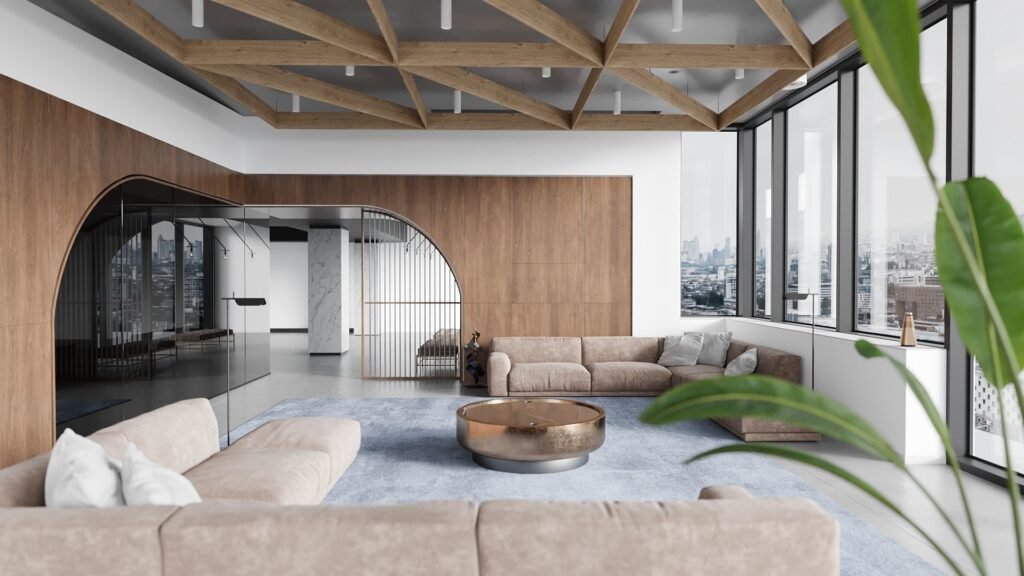
Captivating Digital Content
In today’s digital era, the quality of your visual presentations directly influences market success:
- Eye-Catching Imagery: High-definition, photorealistic renderings create memorable visuals that attract potential buyers and investors.
- Increased Engagement: The more realistic your renderings, the longer potential clients spend interacting with your content, leading to higher conversion rates.
Elevating Your Brand Image
A strong portfolio of consistent, quality visuals positions your firm as an industry leader:
- Professional Appeal: Consistent, high-quality renderings reflect your commitment to excellence and innovation.
- Market Differentiation: Stunning visuals help you stand out from competitors, ensuring your projects leave a lasting impression.
- Holistic Storytelling: With impactful imagery, you can share the story of your project, engaging audiences on an emotional level and building lasting brand loyalty.
Online and Social Media Leverage
The quality of your online presence is a key determinant of success in the property market:
- Enhanced Website Content: Integrating dynamic 3D renderings into your site increases visitor engagement and time on site.
- Social Media Impact: Share visually compelling images and animated walkthroughs on social media to reach a broader audience.
- Digital Advertising Assets: Superior visuals boost the performance of digital ads, generating higher click-through rates and better returns on investment.
By investing in top-notch 3D renderings, you not only enhance your current project’s appeal but also set a benchmark for your overall brand image.
Future-Proofing Your Project
Scalability and Adaptability
3D Architectural Rendering is not a one-size-fits-all solution—its methods are highly scalable:
- Adaptable Visuals: Whether it’s a small residential fix or a massive commercial complex, rendering techniques can be adjusted to accommodate various project sizes.
- Customized Presentations: Renderings can be tailored to suit specific design requirements, market demographics, and investor expectations.
Innovation-Driven Solutions
To stay at the forefront of the fast-evolving property market, it’s essential to embrace tools that keep your projects innovative and modern:
- Trend Adaptability: Photorealistic visuals remain relevant over time by continually reflecting the latest aesthetic and design trends.
- Seamless Integration: Digital renderings can be updated and revised as the project evolves, ensuring that your presentations always reflect the current vision.
Collaborative and Future-Ready
Real-time collaboration and integrated feedback loops ensure ongoing alignment with project goals:
- Enhanced Team Coordination: Cloud-based reviews and regular feedback sessions help teams work in seamless concert, reducing potential misinterpretations.
- Long-Term Investment: High-quality renderings serve as lasting assets, offering continued value in marketing, presentations, and portfolio updates years to come.
By incorporating cutting-edge 3D Architectural Rendering into your process, you future-proof your project—guaranteeing relevance and maintaining a competitive edge as market demands evolve.
Real-World Success Stories
The Residential Revival
A luxury residential development was transformed with photorealistic 3D renderings that showcased sophisticated interiors, detailed exteriors, and ambient lighting effects. Potential buyers were able to appreciate the intricate design details through virtual tours and high-quality images, leading to rapid sales and high valuations.
Commercial Mastery
A multi-use commercial complex utilized 3D Architectural Rendering to illustrate dynamic floor plans and functional aesthetics. The detailed visualization helped investors understand spatial efficiency and design intent, leading to accelerated project approvals and improved leasing rates.
Urban Regeneration
In an urban redevelopment project, 3D renderings played a vital role in reimagining a historic structure for modern use.
The visual narrative combined the old with the new, creating a compelling case for adaptive reuse that was approved quickly by both stakeholders and community groups.
Mixed-Use Marvel
For a mixed-use development that integrated retail, office, and residential spaces, high-fidelity renderings highlighted the connectivity and flow between different areas. The ability to see the project in its entirety not only impressed prospective buyers but also inspired trust among investors, driving the project’s success from conception through to completion.
These real-world examples demonstrate that the benefits of 3D Architectural Rendering extend well beyond the realm of aesthetics—they deliver tangible, measurable results that make a difference in every facet of a project.
Best Practices for Maximizing 3D Architectural Rendering Benefits
Collaborate and Communicate
Maintain an open dialogue with clients, architects, and contractors throughout the rendering process to ensure all details are aligned with the project vision. Regular meetings and feedback loops are essential for fine-tuning the final output.
Emphasize Detail and Realism
Invest in high-resolution textures, precise lighting, and accurate modeling. Every detail matters—from the reflection in a glass window to the gentle shadow on a wall. Excellence in detail not only makes renderings more appealing but also more persuasive in stakeholder discussions.
Optimize for Different Platforms
Tailor your visualizations to meet the needs of different marketing and presentation platforms. Consider how the images will appear on websites, social media, and printed materials to ensure consistency and maximum impact.
Balance Creativity with Accuracy
While creativity is key to crafting a captivating narrative, always ensure that the visualizations remain true to the design intent and technical specifications. A beautiful render that doesn’t accurately represent the project could lead to misaligned expectations.
Leverage Industry Expertise
Working with experienced professionals like RealRender3D can add immense value. Expert teams bring refined techniques and insights that can elevate your project’s visual presentation to the next level.
Plan for Iterative Improvements
Incorporate a phased review process, where preliminary renderings are presented for feedback, and revisions are made accordingly. This iterative approach guarantees the final product is both stunning and purposeful.
Document and Reflect
Keep records of each iteration to learn which visual strategies work best for different types of projects. Over time, this accumulated knowledge will guide you to even more effective future presentations.
Future-Proof Your Workflow
Stay informed about emerging trends in architectural visualization and be open to adopting new techniques that enhance realism and interactivity, ensuring your projects continue to lead in innovation.
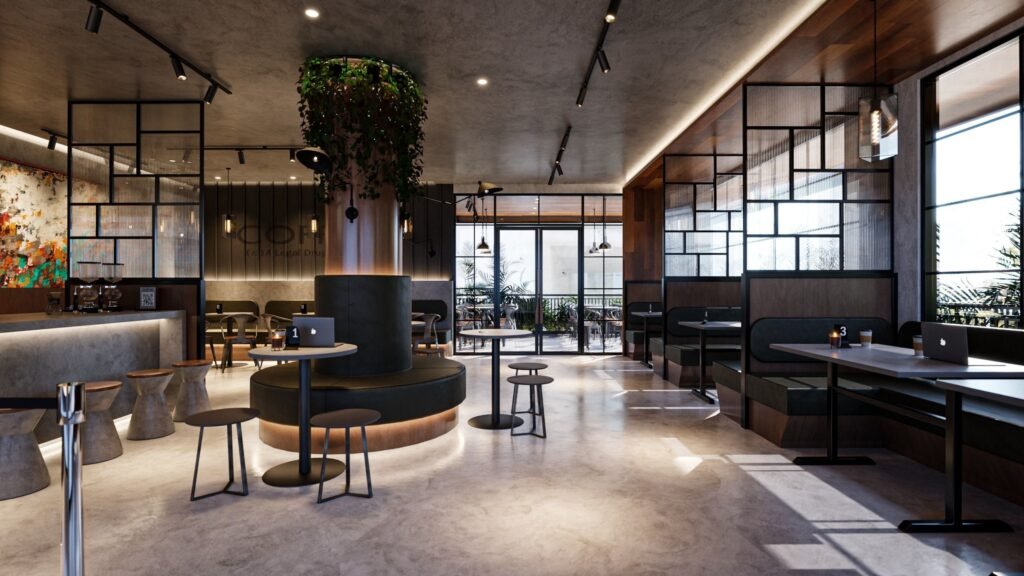
Conclusion: Innovation in the World of Architecture
3D Architectural Rendering is more than a visual asset, it’s a strategic tool that reshapes communication, decision-making, cost management, marketing, and long-term innovation in the world of architecture.
By turning flat blueprints into immersive, photorealistic experiences, you can convey your vision with clarity, engage stakeholders effectively, and streamline every phase of your project. The benefits are profound, driving enhanced collaboration, faster approvals, significant cost savings, powerful marketing results, and future-proofing your design process.
At Build3dRender, we are dedicated to harnessing the power of photorealistic rendering to bring your architectural projects to life. Embrace the transformative potential of 3D Architectural Rendering and see how it elevates your project from concept to reality, ensuring that every detail is perfectly represented and every stakeholder is inspired.
Ready to take your projects to the next level?
Connect with Build3dRender today and let us help you transform your architectural visions into stunning, immersive experiences that stand out in the competitive market.
FREQUENTLY ASKED QUESTIONS
Why is 3D Architectural Rendering beneficial for project planning?
It allows for early detection of design flaws and spatial inconsistencies, reducing costly revisions later in the construction phase and streamlining overall project timelines.
What is 3D Architectural Rendering?
By converting technical drawings into clear, immersive visuals, renderings bridge communication gaps between architects, clients, and investors, leading to more effective collaboration and decision-making.
What are the main stages of the 3D Architectural Rendering process?
The process includes conceptualization, 3D modeling, texturing, lighting simulation, rendering, and post-production enhancements to achieve lifelike, detailed visuals.
How can 3D Architectural Rendering enhance marketing strategies?
High-quality renderings create captivating visual content that boosts online engagement, attracts investors, and differentiates your brand in a competitive market.
What cost and time savings can renderings offer?
Detailed pre-construction visualizations reduce the risk of costly errors and rework, optimize project schedules, and allow for efficient resource allocation.
How does 3D Architectural Rendering improve communication among stakeholders?
By converting technical drawings into clear, immersive visuals, renderings bridge communication gaps between architects, clients, and investors, leading to more effective collaboration and decision-making.
How versatile is 3D Architectural Rendering for different project types?
Renderings can adapt to various applications, from residential and commercial projects to urban planning and public infrastructure, ensuring consistent quality across diverse scales and designs.


